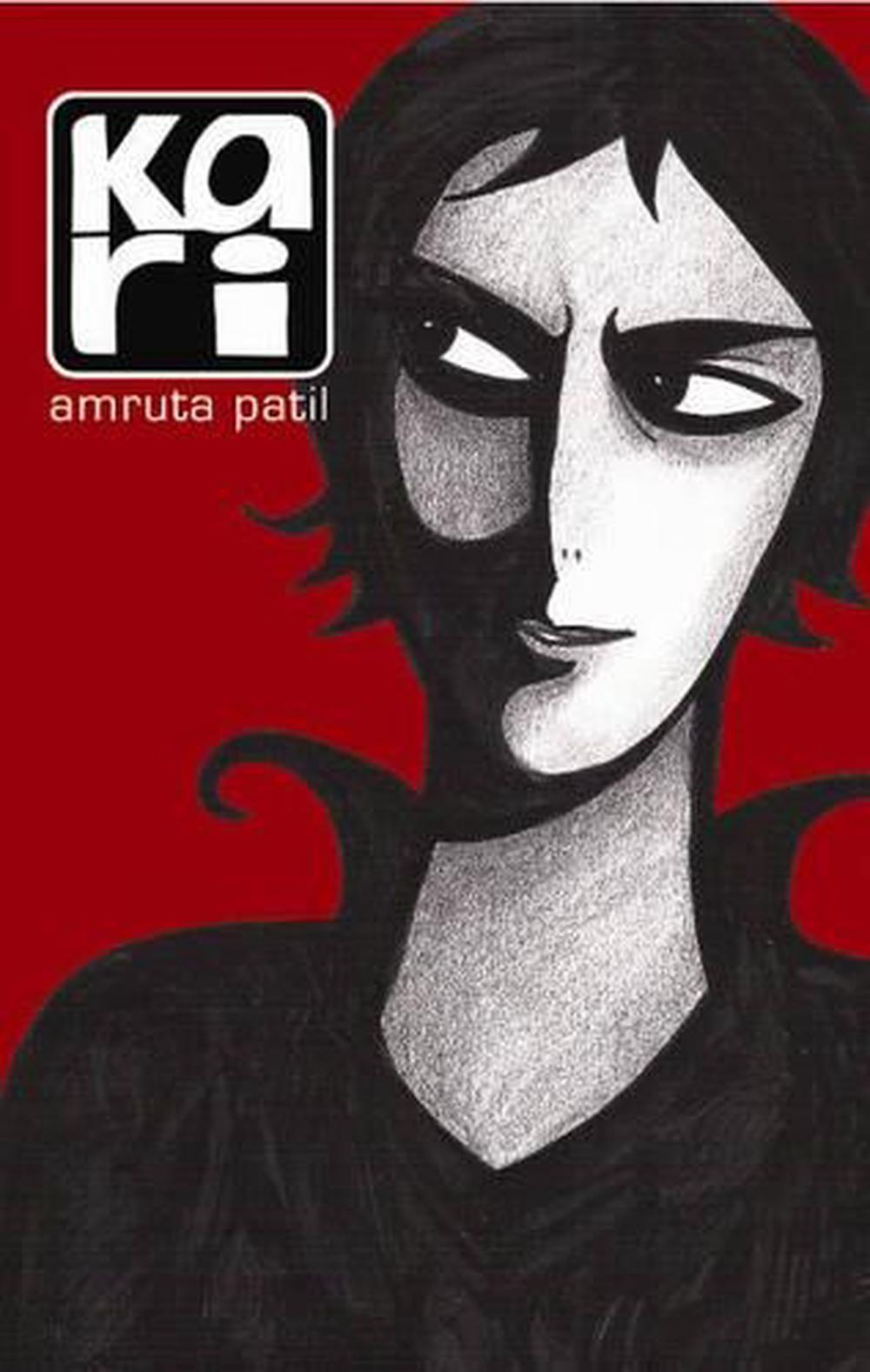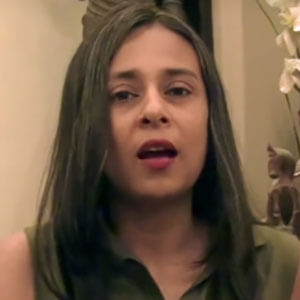

Graphic novels are forever stuck somewhere in between the categories of comics and literature. Her definition of this medium is an attempt to address the debate between highbrow and lowbrow literature. She began her talk with her first layer, describing the form of graphic novels and calling the medium itself queer. On the other hand, her latest book, Aranyaka, is a tribute to the Indian forests and Indian rishikas or female hermits.


Her third book, Sauptik: Blood and Flowers is a sequel to Adi Parva. Her second graphic novel, Adi Parva: Churning of the Ocean, is a beautiful retelling of the Mahabharata. Her first graphic novel was Kari which chronicled the life of the eponymous heroine and delved into her relationship with Ruth and her city, Mumbai though the city is not referred by its name.Īfter this initial book, she turned her attention to mythology and retelling stories. It was quite eye opening for fans of her work and would have definitely compelled others in the audience to read her works.īefore going into the details of the talk, let us look at her books to get a better sense of her work. Through each layer, she explored personal and thematic aspects of her work which provided greater insights into what went into the making of her graphic novels.

Her presentation was divided into Six Layers as she called them. Amruta Patil’s talk centred on themes underlining her works, her graphic novels and speaking about her latest work, Aranyaka, which was created in collaboration with Devdutt Pattanaik. Layers Upon Layers: The Art of the Graphic Novel by Amruta Patil was one of the sessions for November conducted on 10 th November, 2019 at the Bhau Daji Lad Museum, Mumbai as part of the Mumbai Local series, initiated by Junoon. So in case you miss them, you are sure to catch them online. Their sessions are also video recorded and uploaded online. Mumbai Local is one such initiative that brings together artists and scientists three times a month at three different venues to deliver informative talks about their work. While Junoon conducts a plethora of activities under its umbrella, it also strives toward greater engagement with the people. Junoon was established in Mumbai in 2012 by Sameera Iyengar and Sanjna Kapoor in order to celebrate the arts, its diversity, and to bring to the fore the artists associated with various artistic projects and engagements.


 0 kommentar(er)
0 kommentar(er)
